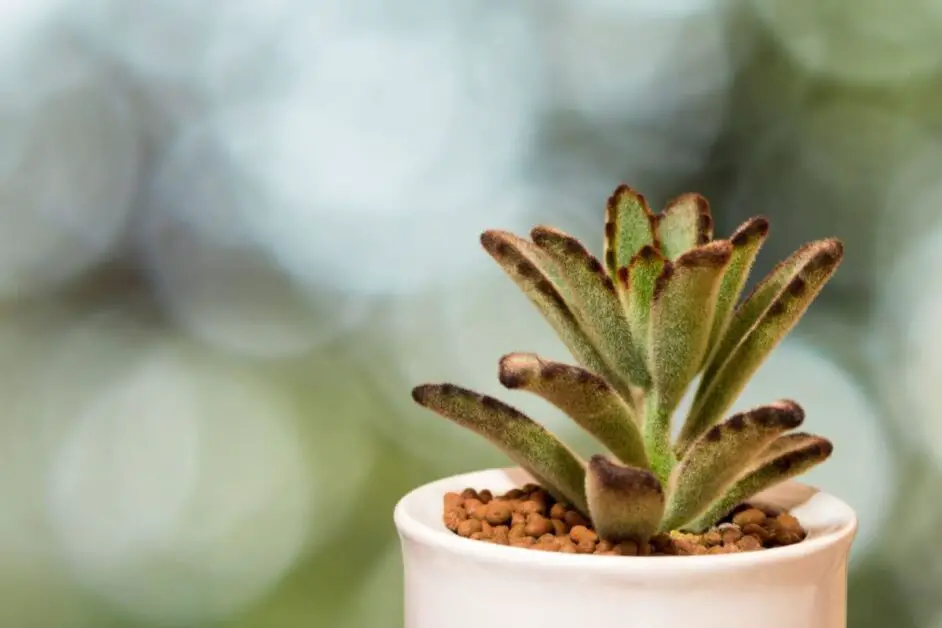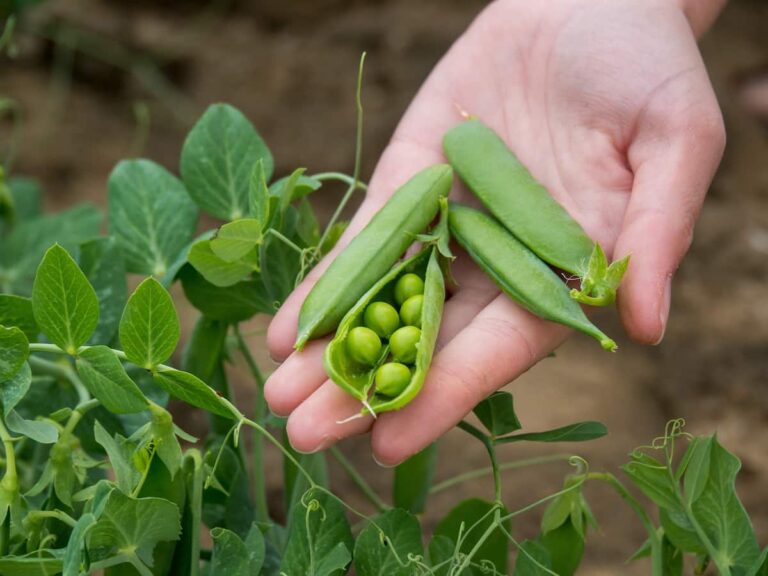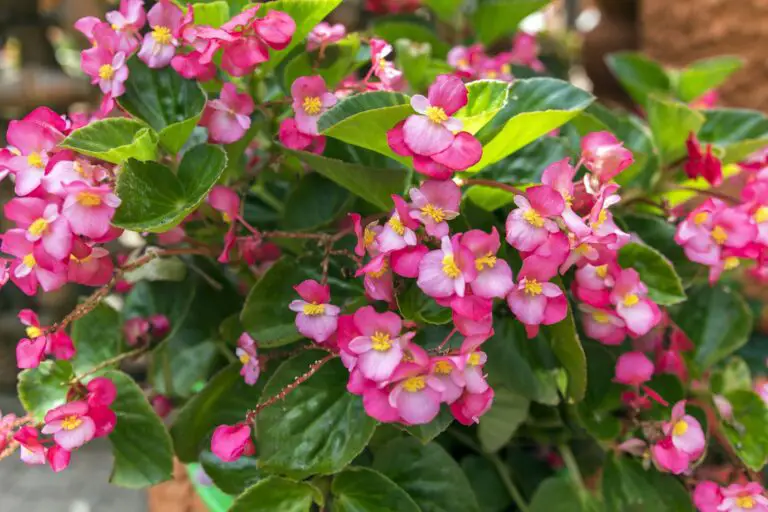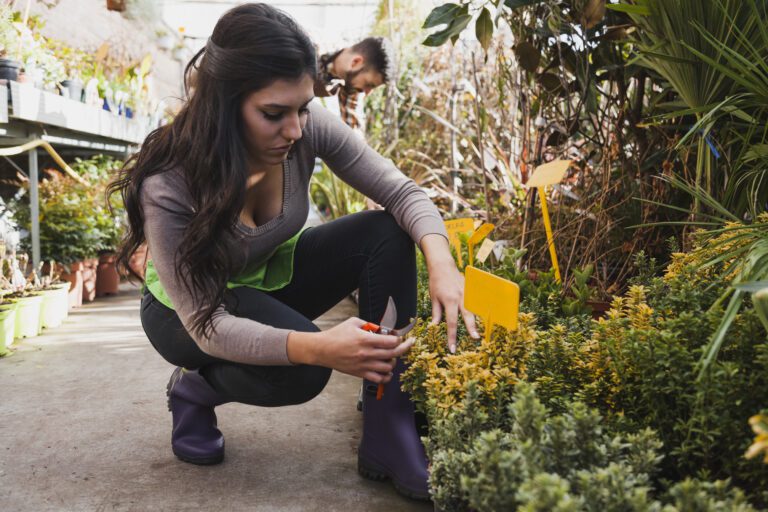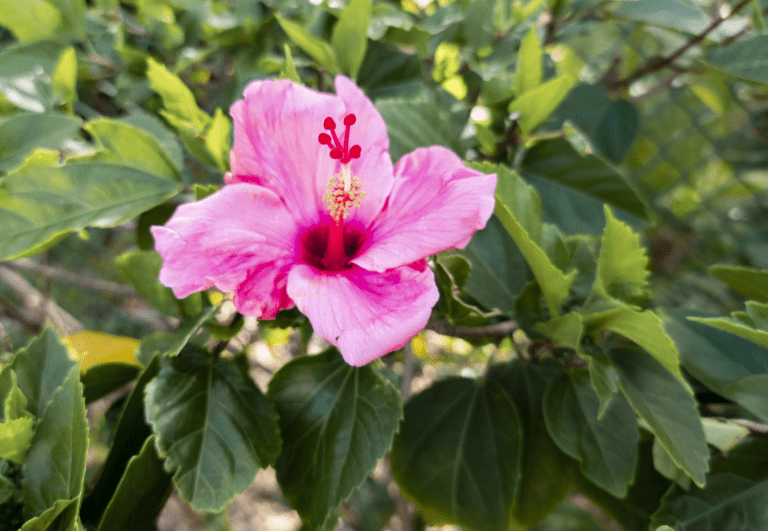Panda Plant Care: Growing Kalanchoe Tomentosa
Panda Plant Overview
The panda plant, scientifically known as Kalanchoe tomentosa, is a charming succulent with fuzzy, silver-green leaves that resemble the iconic black and white fur of a panda bear. This unique plant is native to Madagascar and is a popular choice among indoor gardeners for its low-maintenance nature and striking appearance. With proper care, the panda plant can thrive and bring a touch of whimsical beauty to any space.
Known for its resilience and adaptability, the panda plant is well-suited for beginners and experienced gardeners alike. Its compact size makes it perfect for small spaces, while its drought-tolerant nature means it can withstand periods of neglect. The plant’s ability to thrive in various light conditions, combined with its minimal water requirements, makes it a versatile and attractive addition to any plant collection.
Ideal Growing Conditions
Panda plants thrive in bright, indirect light, making them excellent additions to well-lit indoor spaces such as offices or living rooms. They prefer average room temperatures between 65-75°F (18-24°C) and do well in moderate humidity levels.
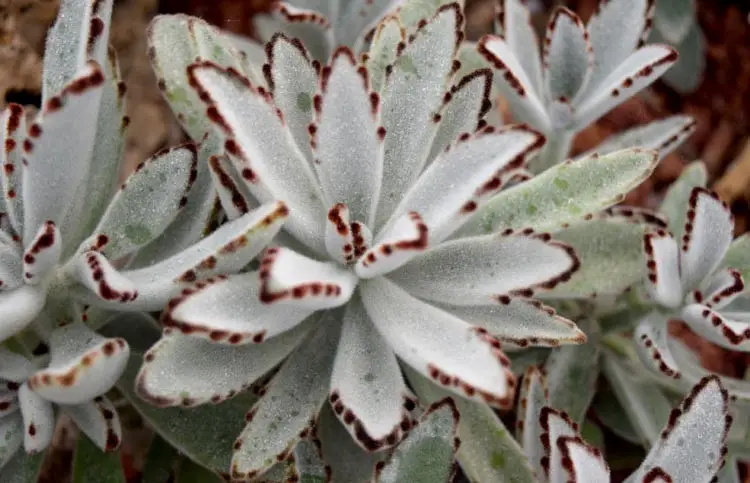
When it comes to soil, a well-draining mix is essential for panda plants to prevent root rot. A good potting mix combined with perlite or sand can provide the needed drainage while still retaining some moisture. It’s best to repot panda plants every 2-3 years to refresh the soil and give the roots room to grow.
Choosing the Right Soil
When it comes to choosing the right soil for your panda plant, it’s essential to select a well-draining medium that promotes healthy root development. Sandy loam soil or a cactus mix that contains perlite or pumice works best for panda plants. These soil types prevent water from pooling around the roots, reducing the risk of root rot—a common issue in poorly-draining soils.
The pH level of the soil is crucial for panda plants to thrive. Aim for a slightly acidic to neutral pH range between 6.0 and 7.0. This ensures optimal nutrient uptake by the plant roots. You can use a pH testing kit available at gardening stores to monitor and adjust the soil pH accordingly for your panda plant’s needs. Remember, the right soil provides a foundation for your panda plant’s overall health and growth.
Watering Needs
Panda plants have specific watering needs that are essential to their overall health and vitality. Overwatering can lead to root rot and other issues, while underwatering can cause the leaves to wilt and drop off. It is crucial to strike a balance and ensure that the soil is moist but not overly saturated.
To determine when to water your panda plant, simply insert your finger into the soil up to about an inch deep. If the soil feels dry at this depth, it’s time to water. Water the plant thoroughly until you see water draining out of the bottom of the pot, ensuring that the roots receive adequate moisture. Additionally, it is best to water in the morning to allow any excess moisture to evaporate during the day and prevent potential fungal growth.
Sunlight Requirements
Panda plants thrive in bright, indirect sunlight, making them ideal for spaces with filtered light or partial shade. While these succulents can adapt to lower light conditions, they may not exhibit their full growth potential or vibrant coloration without adequate light exposure.
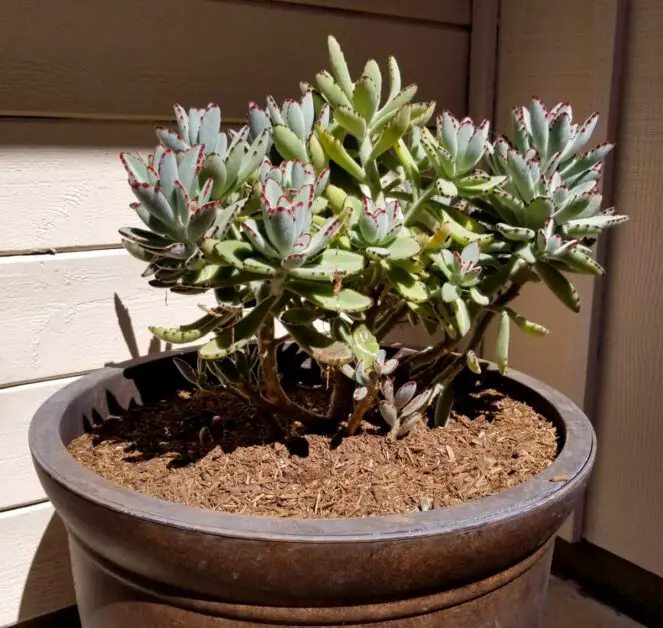
Direct sunlight for extended periods can scorch the leaves of the panda plant, leading to discoloration and damage. It is crucial to strike a balance by providing sufficient light without exposing them to harsh rays. Placing the plant near a window with sheer curtains or in a location where it receives gentle morning or late afternoon sun can help maintain its health and appearance.
Temperature Tolerance
Panda plants, scientifically known as Kalanchoe tomentosa, exhibit moderate temperature tolerance, making them suitable for a variety of environments. These succulents thrive in temperatures ranging between 50°F to 80°F (10°C to 27°C), which mirrors their native habitat in Madagascar. Extreme heat above 90°F (32°C) can stress the plant, while prolonged exposure to temperatures below 40°F (4°C) can cause damage to the leaves and hinder growth.
To ensure optimal growth and health of your panda plant, it is crucial to provide a stable temperature range within the recommended limits. Sudden temperature fluctuations, especially drastic drops in temperature, can shock the plant and lead to issues like leaf yellowing or dropping. Placing your panda plant in a location with consistent temperatures and protecting it from drafts or direct exposure to heating or cooling sources can help maintain its well-being and vibrant appearance.
Propagation Methods
Panda plants can be propagated through stem cuttings with relative ease. Select a healthy stem with several sets of leaves, and make a clean cut right below a node. Allow the cutting to dry for a few days before planting it in well-draining soil. Keep the soil lightly moist until roots develop, then gradually transition to a regular watering routine.
Another method of propagating panda plants is through leaf cuttings. Gently remove a leaf from the plant, making sure to include a part of the stem. Allow the leaf to callus for a day or two before placing it in a soil mixture. Keep the soil lightly moist and provide indirect sunlight. Over time, roots will sprout, and a new plant will form from the base of the leaf cutting.
Pruning and Maintenance
When it comes to caring for your panda plant, pruning and maintenance are essential tasks to ensure its health and growth. Pruning helps promote bushier growth and prevent legginess in the plant. Use clean, sharp scissors to trim off any leggy or dead stems, making sure to cut just above a set of leaves to encourage new growth.
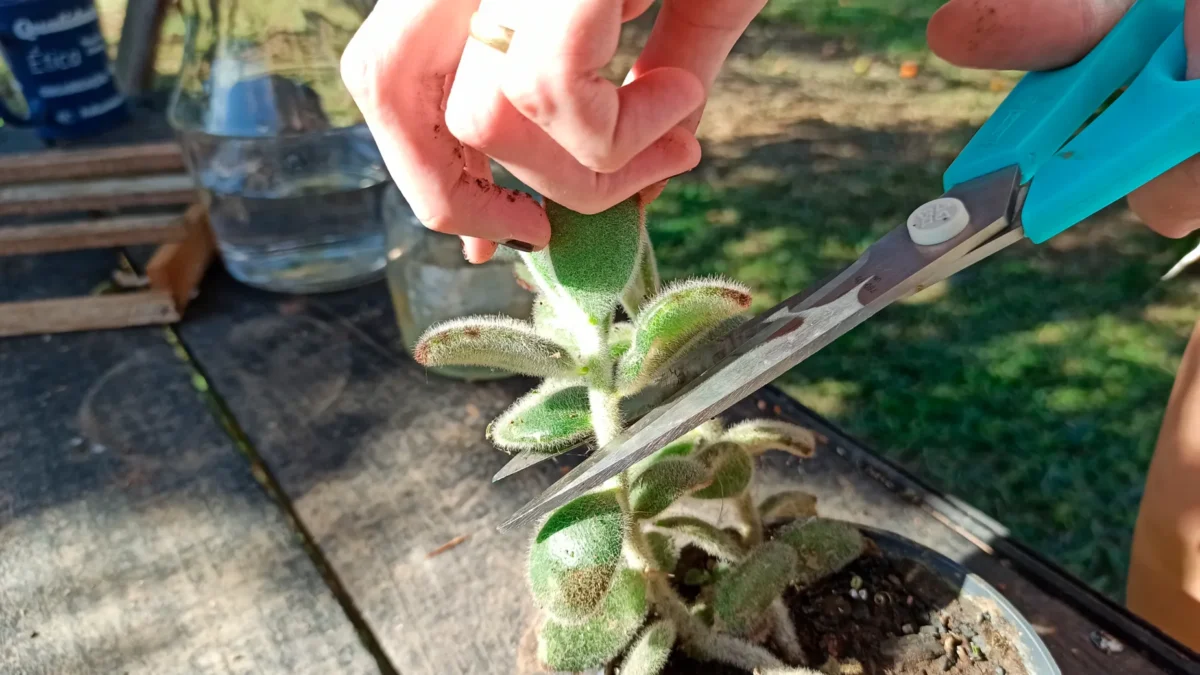
Regular maintenance of your panda plant involves keeping an eye out for any pests or diseases that may affect it. Check the plant regularly for signs of pests like mealybugs or spider mites, which can be removed by gently wiping the leaves with a damp cloth or using an insecticidal soap. Additionally, be mindful of overwatering as this can lead to root rot, so ensure the soil is well-draining and allow the top layer to dry out between waterings for optimal panda plant health.
Pests and Diseases
Panda plants are generally hardy and resistant to pests and diseases, making them a low-maintenance option for indoor gardeners. However, as with any plant, they can still be susceptible to certain issues. One common pest that may affect panda plants is mealybugs, which can appear as white, fuzzy spots on the leaves and stems. To combat this, it’s recommended to regularly inspect your plant for signs of infestation and treat it with neem oil or insecticidal soap if necessary.
In terms of diseases, panda plants can sometimes fall victim to root rot if their soil is too waterlogged. To prevent this, make sure your plant is in well-draining soil and water it only when the top inch of soil is dry. Additionally, overwatering can lead to fungal diseases, so it’s crucial to strike the right balance when it comes to watering your panda plant. By maintaining proper care practices and promptly addressing any issues that arise, you can keep your panda plant healthy and thriving.
The table below is given to show some of the common pests and diseases of panda plant and their solution:
| Pest/Disease | Solution |
|---|---|
| Mealybugs | – Remove mealybugs manually using a cotton swab dipped in rubbing alcohol. – Apply insecticidal soap or neem oil to affected areas. |
| Scale Insects | – Use a soft brush or cloth to remove scales manually. – Apply horticultural oil or insecticidal soap to smother and kill scales. |
| Spider Mites | – Spray plants with a strong jet of water to dislodge spider mites. – Apply insecticidal soap or neem oil to control infestations. |
| Root Rot | – Ensure proper drainage by using well-draining soil and pots with drainage holes. – Allow the soil to dry out between waterings to prevent waterlogging. |
| Powdery Mildew | – Increase air circulation around plants by spacing them properly. – Apply fungicides containing sulfur or potassium bicarbonate. |
| Leaf Spot | – Remove and destroy infected plant parts. – Apply copper-based fungicides preventatively. |
| Stem Rot | – Avoid overwatering and ensure proper ventilation. – Remove affected stems and improve soil drainage if necessary. |
Common Issues and Troubleshooting
Panda plants are generally robust and low-maintenance, but like any houseplant, they may encounter a few common issues. One common problem is overwatering, which can lead to root rot and droopy leaves. To prevent this, ensure the soil dries out between waterings and adjust your watering schedule accordingly.
Another issue that panda plants can face is lack of sunlight. If you notice your plant becoming leggy or losing its vibrant color, it may not be receiving enough light. Consider moving it to a brighter location, ideally near a sunny window where it can soak up plenty of indirect sunlight throughout the day.
Benefits of Growing Panda Plants
Growing panda plants (Kalanchoe tomentosa) can bring a touch of exotic flair to any indoor garden or home decor. These charming succulents are not only visually appealing with their fuzzy, panda-like leaves but also offer a range of benefits to gardening enthusiasts. One key advantage of cultivating panda plants is their low maintenance requirements, making them an excellent choice for busy individuals or those new to plant care. With minimal watering and moderate sunlight, these hardy plants can thrive in various environments, adding a pop of greenery to any space.
In addition to their ease of care, panda plants also boast air-purifying properties, helping to improve indoor air quality by absorbing toxins and releasing oxygen. Studies have shown that certain indoor plants, including Kalanchoe tomentosa, can effectively filter out harmful volatile organic compounds (VOCs) emitted by everyday household items. By incorporating panda plants into your living or working space, you not only enhance the aesthetic appeal but also promote a healthier environment for occupants.
The chart below shows some of the benefits of growing panda plants:
| Benefit | Description |
|---|---|
| Air Purification | Panda Plants help improve indoor air quality by removing toxins such as formaldehyde and benzene from the air, contributing to a healthier living space. |
| Decorative Appearance | With their distinctive velvety leaves and unique panda-like markings, Panda Plants add visual interest and charm to indoor spaces, making them popular as decorative houseplants. |
| Stress Reduction | Caring for indoor plants like Panda Plants has been shown to reduce stress levels and promote a sense of well-being. Their presence can create a calming and soothing atmosphere in homes and offices. |
| Propagation Ease | Panda Plants are relatively easy to propagate from stem cuttings, making them an ideal choice for beginner gardeners looking to expand their plant collection. |
| Low Toxicity | Panda Plants are non-toxic to humans and pets, making them safe choices for households with children and animals. |
Decorative Potting Options
When it comes to potting your panda plant, there are various decorative options to consider that can enhance the beauty of this unique succulent. Choosing a pot that complements the plant’s fluffy, gray-green leaves can create a striking visual contrast. Opt for ceramic pots with intricate designs or vibrant colors to add a touch of elegance to your indoor garden space. Additionally, hanging baskets or macramé holders can showcase the cascading nature of the panda plant, making it a focal point in any room.
For a more organic look, terracotta pots provide a rustic charm that pairs well with the natural aesthetic of the panda plant. The porous nature of terracotta also helps regulate soil moisture, which can be beneficial for succulents like the panda plant. Consider mixing different sizes and shapes of terracotta pots to create visual interest and a dynamic display in your home or office. Remember to choose pots with drainage holes to prevent overwatering and ensure the health of your panda plant in its decorative setting.
Harvesting and Using Leaves
When it comes to harvesting your panda plant leaves, it’s important to do so carefully to ensure the plant’s health and longevity. To harvest the leaves, simply use clean, sharp scissors to snip off individual leaves at the base where they meet the stem. Avoid tearing or ripping the leaves, as this can cause unnecessary damage to the plant.
Once you have harvested the leaves, you can use them in a variety of ways. Panda plant leaves have a slightly bitter taste and are often used in herbal teas or medicinal remedies. To use them in teas, simply dry the leaves thoroughly and steep them in hot water for a soothing and aromatic drink. Additionally, panda plant leaves can also be used topically in skincare products for their anti-inflammatory properties.
Frequently Asked Questions
Panda plants are known for their unique appearance and low maintenance requirements, making them a popular choice among indoor plant enthusiasts. One common question is how often should panda plants be watered? These succulent plants prefer to dry out between waterings to prevent root rot, so it’s best to water them thoroughly but infrequently, usually every 2-3 weeks depending on environmental conditions.
Another frequently asked question is how to promote bushier growth in panda plants. Pruning the top growth of the plant can encourage new side shoots to develop, resulting in a fuller and more compact appearance. Additionally, providing adequate sunlight and well-draining soil can also contribute to the overall health and shape of panda plants.
Get your all answers by watching this video.
Resources for Further Reading
For further in-depth reading on caring for panda plants, consider exploring resources such as “The Complete Houseplant Survival Manual” by Barbara Pleasant. This comprehensive guide offers detailed insights into the ideal growing conditions, watering needs, sunlight requirements, and maintenance tips for panda plants. Additionally, “Houseplants for Dummies” by Larry Hodgson provides practical advice on choosing the right soil and addressing common issues and troubleshooting techniques specific to panda plants.
If you’re interested in expanding your knowledge on the benefits of growing panda plants beyond aesthetics, “Houseplants for a Healthy Home” by Jon VanZile delves into the air-purifying properties of various houseplants, including panda plants. This resource highlights how indoor plants like the panda plant can improve air quality by removing toxins and enhancing overall well-being. Further explore the cultivation and uses of panda plants by referring to specialized botanical journals and academic publications for a more scientific perspective on these adorable succulents.
Can panda plants be grown outdoors?
Yes, panda plants can be grown outdoors in areas with mild climates. They prefer bright, indirect sunlight and well-draining soil.
How often should I water my panda plant?
Panda plants should be watered thoroughly when the top inch of soil is dry. It’s important not to overwater, as this can lead to root rot.
Are panda plants safe for pets?
While panda plants are not toxic to pets, they can still cause mild gastrointestinal upset if ingested. It’s best to keep them out of reach of curious pets.
Can I use panda plant leaves for medicinal purposes?
Some people believe that panda plant leaves have medicinal properties, particularly in treating skin conditions. However, it’s important to consult with a healthcare professional before using them for medicinal purposes.
How long do panda plants typically live?
With proper care, panda plants can live for several years. They may eventually become leggy or overgrown, at which point they can be propagated to start new plants.

